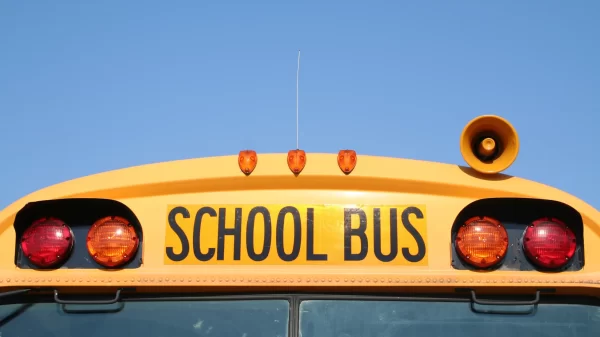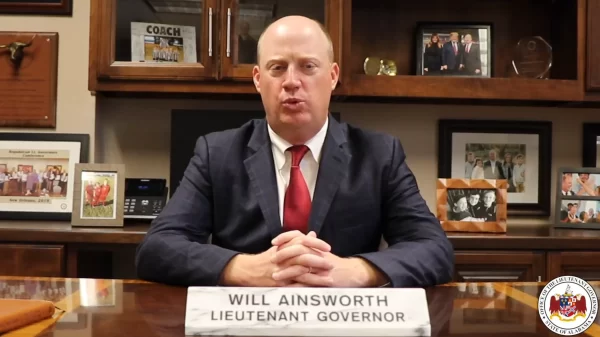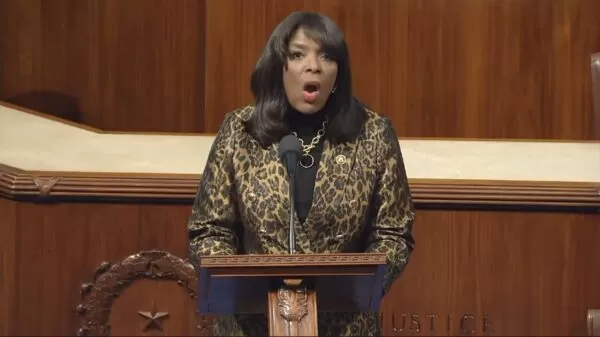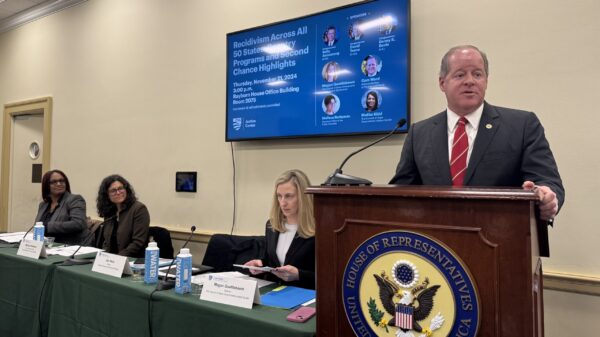By Beth Clayton
Alabama Political Reporter
Failing Schools as Defined by the AAA2013
Schools in the Lowest 6 % of Schools at Least 3 of the Past 6 Years
MONTGOMERY— The Alabama State Department of Education (ALSDE) releases long-awaited list of schools who are classified as “failing” under the Alabama Accountability Act.
The list was scheduled to be released last week, however, the release was postponed due to a “legal inquiry.”
Dr. Tommy Bice, state superintendent, explained that the legal inquiry concerned his ability to modify the parameters set forth in the Alabama Accountability Act and SB658. His intention was to craft a list that could reflect schools that had shown significant progress and would still be labeled “failing” under the law.
Bice explained that school choice has been in place since the No Child Left Behind Act, a federal education law that went into effect in 2002. Under No Child Left Behind, school choice was limited to within the district, with a few exceptions.
“This new law expands this school choice option to non-public schools,” Bice said. “It provides tax credits to parents and scholarships to those families should finances be an issue,” he said.
One of the most debated aspects of this legislation concerned which schools would be labeled “failing” and which students would be eligible to receive the vouchers. Under the Accountability Act, the ALSDE would be responsible for compiling the list of schools, using the parameters set forth in the legislation.
Melinda Maddox, assistant state superintendent of education, explained the metrics behind the creation of the list and Bice commented on the details.
“We’ll be releasing today two separate lists, one that meets the law,” Maddox said.
“The first list we’ll be releasing has 72 schools on the list, and it is…the one that has been the most talked about.” Maddox said that the list does not take into account schools that serve special populations or changes that may be made over the summer, but compiled the list based on data from last March since the law is retroactive.
The list took the state assessments in reading and math for the most recent six years of current data and calculated a proficiency score based on those results. Each year for the past six years, the ALSDE determined the bottom six percent of schools based on the calculated proficiency scores, Maddox said.
“Some schools might have been in the bottom six percent in 2007 but not in any other years. They would not show up on the list because the law then says that they have to be in the bottom six percent three of the last six years,” Maddox explained. “Any three of the last six years would then allow them to be on the list.”
“If we don’t use improvement and growth as part of the formula that we could end up with schools on the list that, in most cases, would not be considered failing,” Bice said. “Regretfully, we were not able to add that to the list.”
The list contains the percentages calculated of proficient students for each year and then whether or not that school was in the bottom six percent for that year or not.
“Legally I am unable to remove a school from the list whether they have shown improvement or not,” Bice said.
Bice called the list “a continuum of schools,” based on their proficiency calculations. He explained that the list contains schools that have shown “a negative trajectory” over the past six years, schools that have remained constant, schools that have “shown a steady improvement trajectory, but still have room for growth,” and schools that have shown “unbelievable growth and are actually models for what we can do.”
Although Bice explained that all schools on the list would normally not be considered failing, some school boards have already seen negative impacts from the list.
Casey Wardynski, the Huntsville superintendent, held a press conference yesterday after the list was released to urge parents to keep their kids in the public schools. The list contains nine Huntsville schools.
Wardynski’s cited concerns similar to those of Bice, that the list includes many schools that have shown growth and improvement in recent years.
Three of the Huntsville schools listed were elementary schools that have improved in the past years. Dawson and MLK elementary schools were moved from the failing list in 201l due to improvements in their proficiency scores. Dawson improved proficiency 24 percent in 2012. MLK improved 27 percent.
ALSDE executive board member Mary Scott Hunter weighed in on the list at the Huntsville press conference, saying “We have a list that does meet the black letter of the law, but I’m not sure it meets the intent of the law.”
In addition to the release of the list, the Alabama Department of Revenue decided today that students currently enrolled in private schools cannot take advantage of the vouchers.
“The language of the AAA, when read in its entirety, clearly supports concluding that parents of current private school students are not eligible for the credit,” says Department of Revenue guidance released today.
Many notable Republicans have divided on this issue. Senate Pro Tem Del Marsh (R-Anniston) said that he was unhappy with the department’s decision.
“I think if you are already making the sacrifice … you should get a tax credit as well,” Marsh said.
Governor Bentley, on the other hand, has said that he didn’t believe the vouchers should go to students currently in private schools.
“I’ve read the bill at least 10 times. The way I read it is the tax credits are used to transfer out of failing schools. But we will let the legal folks at the Revenue Department make the final decision,” he said in an interview last week.
In the press conference, Bice also addressed the original intent of the legislation, to provide flexibility for public schools. Bice explained that ALSDE had opened up requirements to allow schools provide more “innovative” opportunities.
Bice said that the legislature has now joined ALSDE in their efforts to offer flexibility by providing “statutory and budgetary flexibility” as well.
“We see this as an opportunity to really do some innovative things,” Bice said. Three school systems are already working to take advantage of those opportunities, he said.




















































